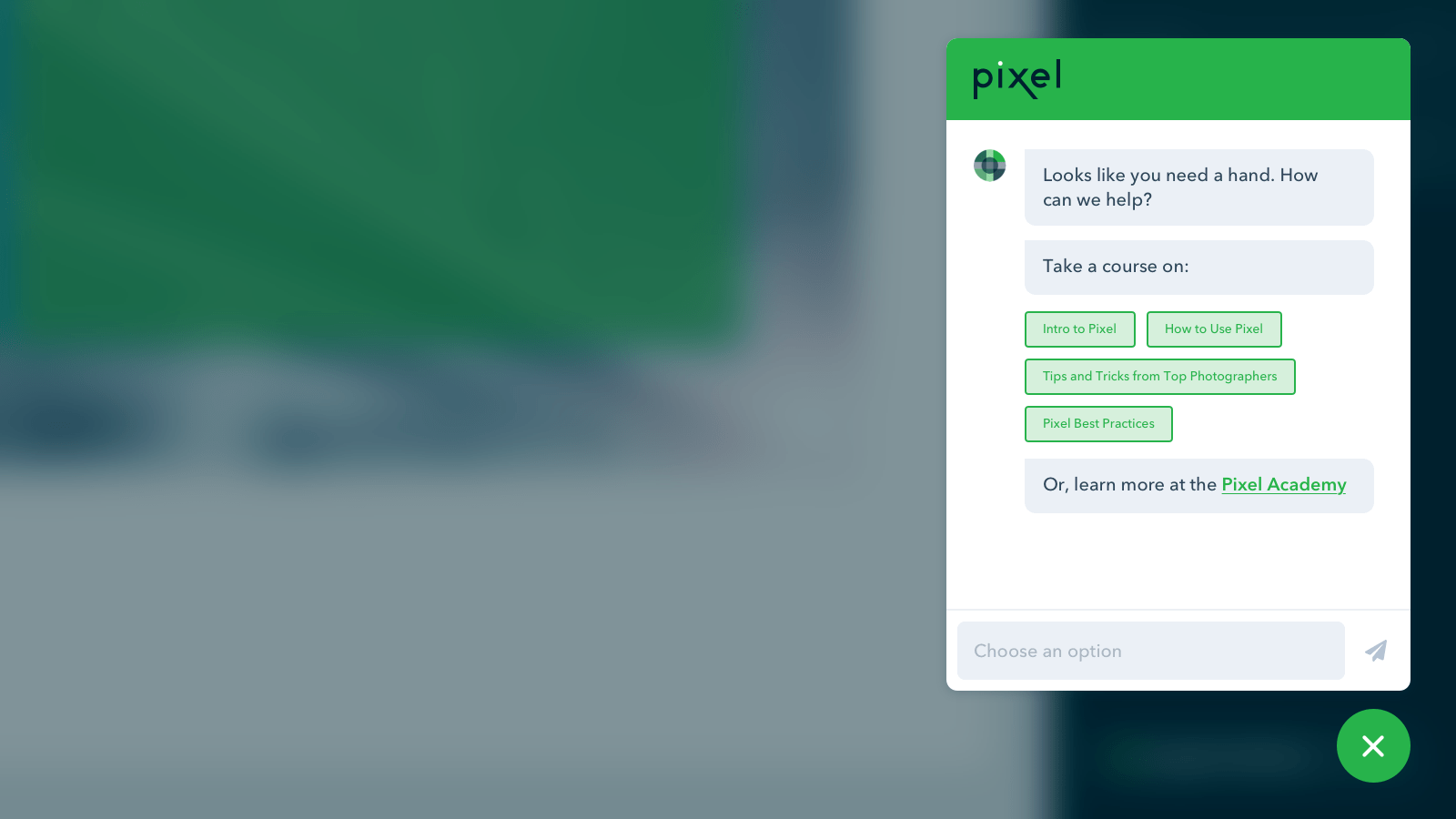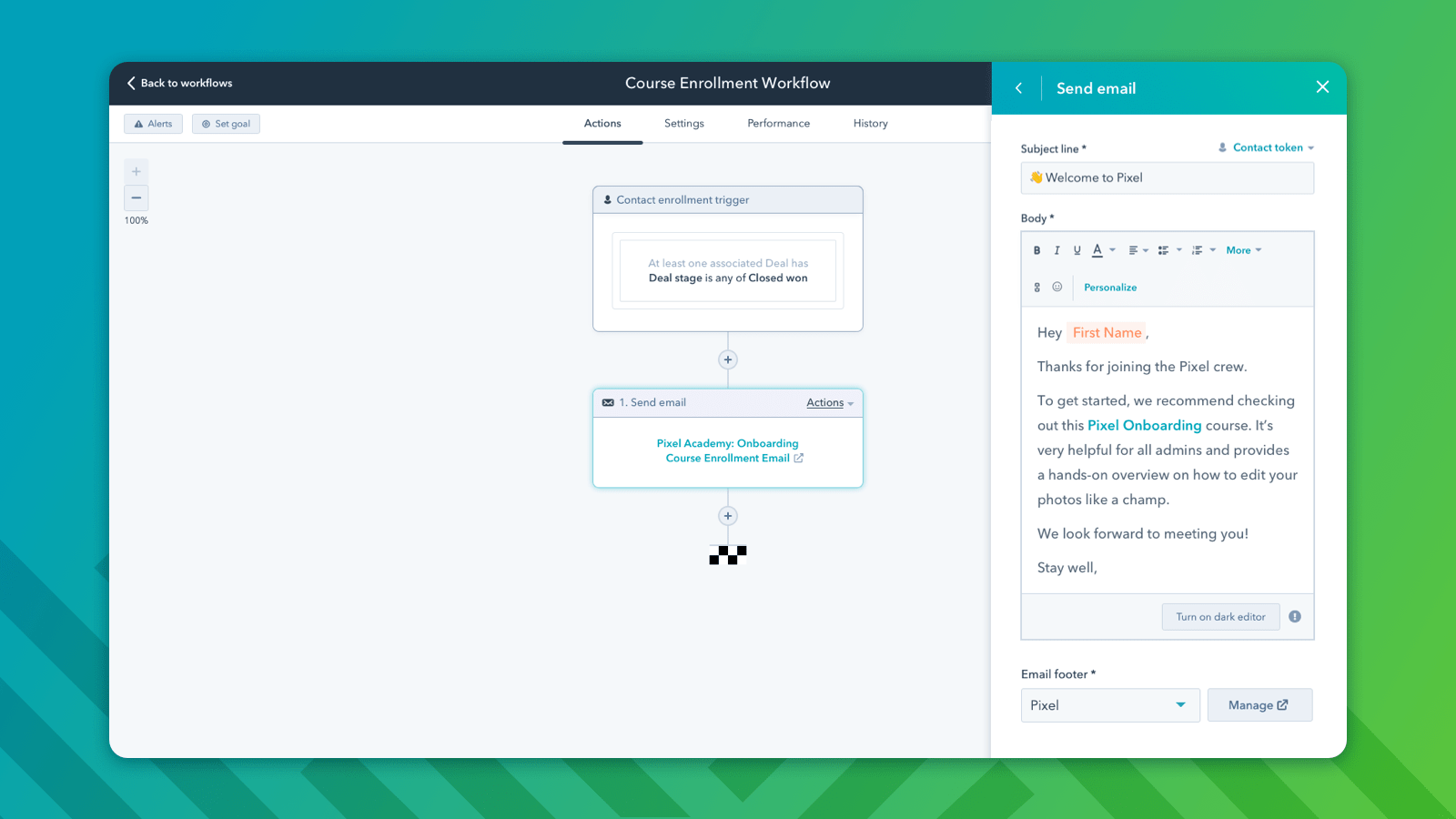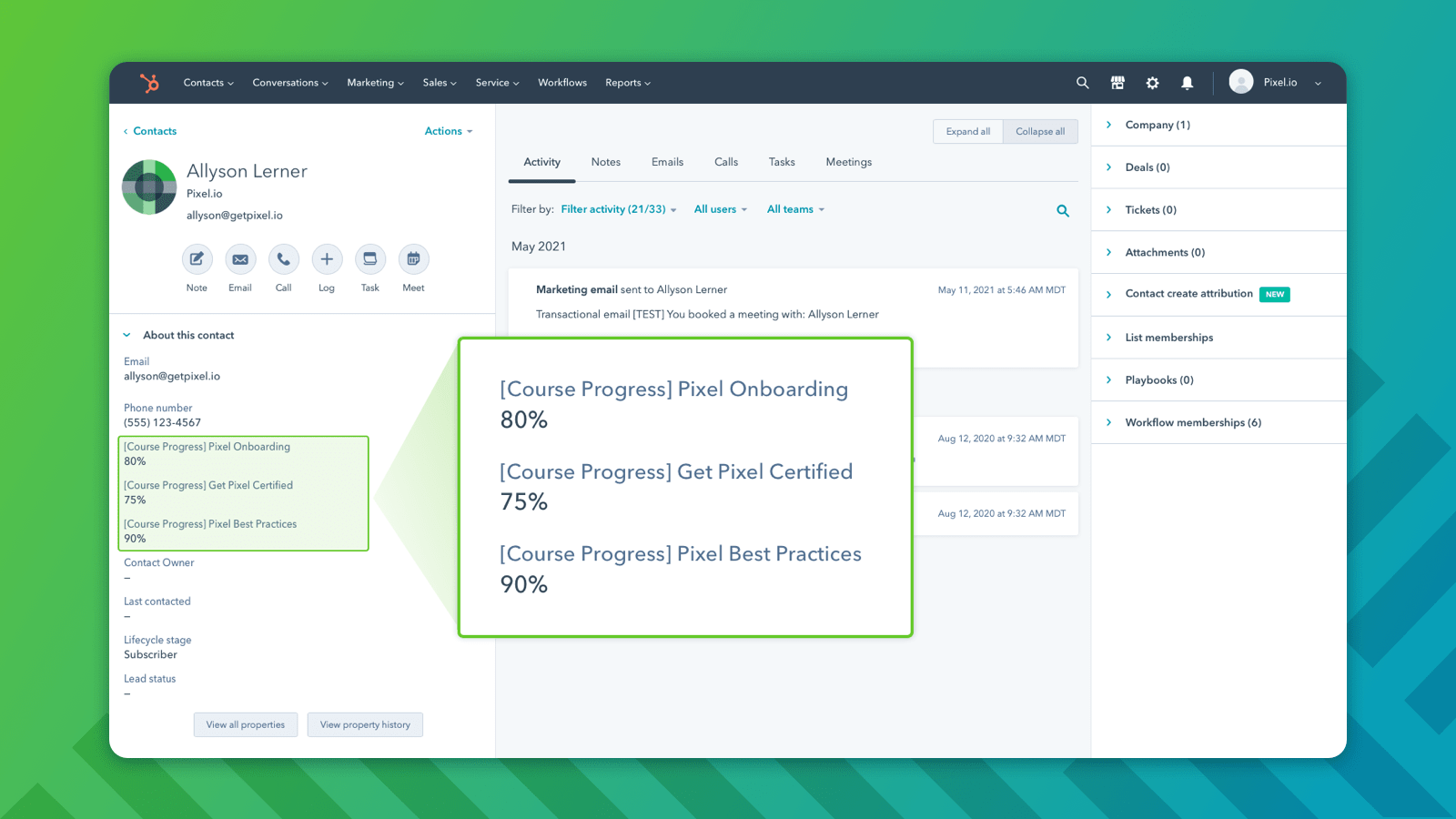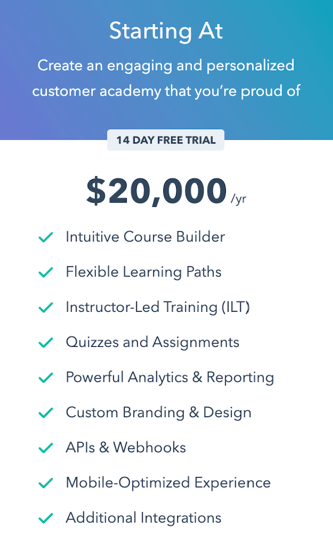

Northpass is now Gainsight Customer Education.
For all of the latest on our customer onboarding and training solutions, check out Skilljar by Gainsight.

For all of the latest on our customer onboarding and training solutions, check out Skilljar by Gainsight.
Jump to the Content You Want
In the business of digital technology, the barriers to entry get lower every day. As a result, your customers are on the hunt for the best tech with the most features—at the best price (obviously). One wrong move and yours could be headed the other way. With competitors popping up left and right, it’s never been more challenging to hold onto existing customers. For this reason, customer experience is moving to the forefront. Today, it must be at the heart of everything you do. In our opinion, this is the last true competitive moat for digital technology companies and one of the most reliable ways to develop a defensible brand.
Since the dawn of trade, people have needed a way to manage relationships with customers and prospects. So, CRM isn’t new, but it’s certainly evolved. Today, technology is the driving force behind CRMs, giving you the essential tools to organize and manage an ever-growing amount of data. Said another way, today’s CRM systems help you stay connected with your customers and prospects. What does this mean for you? A streamlined sales process, improved profitability, and most importantly, improved relationships.
You can segment customers and prospects for more meaningful outreach and engagement.
You can automate reporting to easily get the information you need to make smart strategic decisions.
You can automate data entry (emails, calls, and more) to win your teams back the time they’d otherwise spend entering this data.
Seamless scaling capabilities let you grow quickly and efficiently.
Powerful forecasting capabilities help you make accurate and actionable plans for growth.
A learning management system (LMS) is software that manages, delivers and analyzes your online-based learning initiatives to employees, customers, channel partners as well as other parties that are part of the greater workforce.
Software as a service (SaaS) company could use an LMS to train its users on how to use its technology.
A healthcare company could use an LMS to deliver training to its employees on a new piece of medical equipment.
A procurement company could use an LMS to train employees on its technology so they can better educate its customers.
These are just a few examples. In reality, you can apply an LMS to any scenario in which education is key to success.
LMS technology continues to advance, making it challenging to keep up with new features and capabilities. In the past, most companies needed a solution that allowed them to create courses from documents, enroll learners by email and administer basic quizzes. As more companies realized the value of customer education, however, LMSs evolved. Today, LMS training goals diversified and the demand for more functionalities increased, providing a ton of real-world value.
As your company grows and you need to onboard more customers, your LMS will have to be able to keep up. Most LMSs are built to let you easily build and add new courses as well as pivot on a dime as you grow. When you’re selecting your LMS, it’s important that you pick one that’s able to do this.
The success of your customer education initiative relies on a host of factors. At the heart of those factors is engagement, which revolves around your ability to make the learning experience easy and fun. The right LMS can do this. For example, you can add integrations that aid in content consumption. There are also mobile-friendly experiences that help your customers learn when they’re on the go.
Despite putting in the time and effort to create top-notch content for your customers, no one’s using them. Does this resonate? It’s not your fault. Traditional ways of learning don’t mesh with the way your customers learn, which means they aren’t going to absorb it and apply it the way you want. Flip the script completely by using an LMS to deliver content in ways that encourage learning—and promote an entirely new level of knowledge retention that trickles down to more engagement.
Traditional learning can be costly. Using an LMS can eliminate expenses such as venues, travel costs and paper materials. Using the right LMS will also reduce the workload on your support and customer success teams because they won’t be inundated with tickets.
Old-school learning resources like books and manuals don’t give you the ability to track metrics and KPIs, like engagement. By powering your learning with an LMS, you gain valuable insight into engagement, which you can use to evolve your courses and materials. Plus, these metrics can help you prove ROI and expand.
Both CRMs and LMSs have been around for years, so why is it only now that they’re coming together? Knowing the answer to this question is fundamental to truly understanding the value of HubSpot LMS.
For years, successful companies were built around Sales, Services and Marketing. This meant that for early adopters of online learning, it wasn’t uncommon for them to be left with few resources. Even HubSpot Academy started out with next to nothing. No budget. No interns. Nothing. In fact, the founders of HubSpot Academy needed a pilot program to convince leadership that there was value.
Over a decade later, the value of online learning is clear, meaning companies are forming entirely new teams or investing in existing ones. Said another way, online learning is just as important, which is why you need to bring everything together. HubSpot LMS makes this possible.
The shifting sands of the business world are also calling for a change in the way people learn. In the blink of an eye, nearly everyone went from face-to-face interaction with both employees and customers to screen-to-screen interactions sometimes thousands of miles apart. Sharing knowledge and resources needs to be flexible and adaptable. HubSpot LMS makes this possible as well.
Finally, there’s more competition than ever. The solution to this challenge is to find differentiators. When used correctly, HubSpot LMS can be one. How? It allows you to give your customers a better experience. Plus, you’ll increase your win rates, accelerate onboarding and improve time-to-value.
All the hoopla about HubSpot LMS may have you thinking about other ways to improve your LMS.
You’re in luck.
Most LMSs, including Northpass, offer a variety of integrations that can help you improve the impact and efficiency of your learning program.
Analytics: Measure the impact of your learning programs and optimize them where necessary.
Authentication: Keep your academy under lock and key.
Google Apps
Auth0
0Auth 2.0
OpenID
Okta
Certifications: Create product experts and give your brand advocates something to cheer about.
Accredible
Badgr
Credly
Communication: Keep your team in the know about learning activity and webinar registrations, directly in their tools.
CRM: Track your learners' progress, create automated workflows and more to deliver learning-based value throughout the customer journey.
Customer Success: Better manage the relationship between you and your learners.
Help Desk: Arm your support team with learning data they can use to tailor conversations and personalize guidance.
Workflows: Automate tasks and collaborate across departments so that you can focus on the high-value, strategic insights.
Want to learn more about Northpass' integrations?
HubSpot Academy is the gold standard for online learning. There’s no arguing that. What LMS does HubSpot use? We’re not sure. What we do know is that HubSpot is the quintessential example of what’s possible with the right LMS. We do know, however, that Northpass is the only featured bidirectional LMS in its Marketplace and we’re super proud of that.
We’ve covered the “what” and the “why,” but what about the “how?”. While the technology behind both CRMs and LMSs is complex and intricate, integrating the two is straightforward, which means you can get HubSpot LMS up and running in no time.
In the HubSpot Marketplace, select "Northpass for HubSpot."
Click “Get Started” to start connecting Northpass to your HubSpot CRM.
Select the HubSpot account you want to link.
Once the connection is active, you’ll configure the integration based on your needs and preferences. For example, creating a new contact when Northpass recognizes unmatched data, i.e., a user in Northpass who’s not in your HubSpot CRM.
Boom. You’re ready to rumble.
This all-new integration makes Northpass the first—and only—LMS to integrate with HubSpot.
Now, you can unify the learning data in Northpass and apply it across the HubSpot Flywheel and the customer and prospect data.
Wait, there’s more. Here are a few more things you can do with HubSpot LMS:
Quickly build a customer academy.
Programmatically share data between HubSpot and Northpass.
Automate customer education workflows using learning and CRM data.
Pretty cool, right? Let’s keep going.

Using learning data as a programmatic trigger, you can activate your workflows effortlessly. Whether you’re looking to automate task creation, marketing emails, send reminders and nudges, or any other workflow, Northpass will automatically share data with HubSpot on your behalf.

Centralize learners’ progress within your CRM so you can visualize activity in one place. When you're able to view learning data along with other relevant information, like sales revenue or support ticket submissions, you can better understand the impact customer education has on your business. Then, use data for contact segmentation and smarter decisions moving forward.

Northpass is enabling HubSpot customers to build their own branded customer academies. The end results? More brand awareness, better knowledge retention, increase win rates, accelerate onboarding, boost product adoption and minimize reliance upon support.

Thank you.